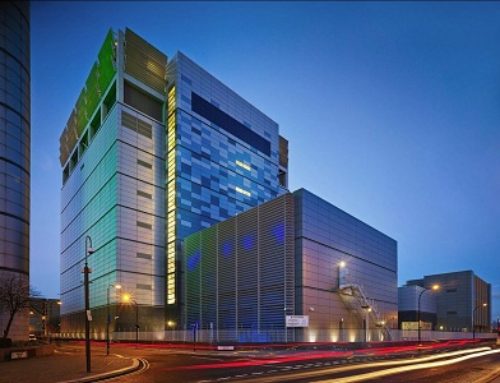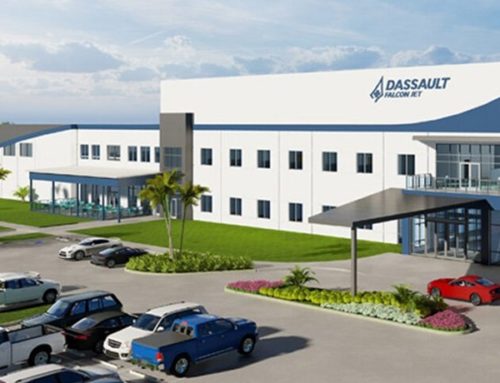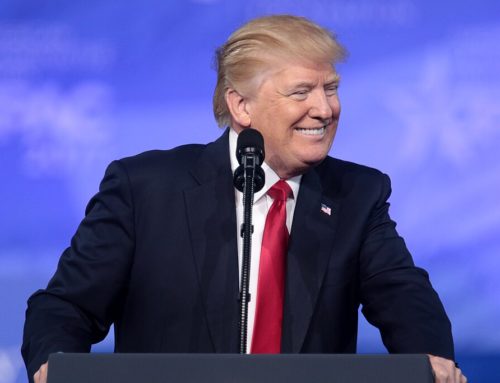1. €3.2bn chip investment in Italy
In a groundbreaking move that marks a significant milestone in the global semiconductor industry, Singapore-based tech giant, Silicon Box, has announced plans to establish an advanced packaging foundry in Novara, Piedmont, Italy. This ambitious project, backed by an investment of €3.2 billion, underscores Silicon Box’s commitment to driving innovation and expanding its global footprint. This article delves into the implications of this development, exploring how it stands to reshape the tech landscape and bolster Italy’s position in the high-tech manufacturing sector.
EU Chips Act
The European Chips Act is a significant piece of legislation that aims to boost Europe’s competitiveness and resilience in semiconductor technologies and applications. It seeks to mobilize more than €43 billion of public and private investments and set measures to address semiconductor shortages and strengthen technological leadership.
Silicon Box’s decision to establish a €3.2 billion advanced packaging foundry in Italy aligns with the objectives of the European Chips Act in several ways:
1. Strengthening Technological Leadership:
The advanced packaging foundry will contribute to Europe’s technological sovereignty, enhancing its capacity to innovate in the design, manufacturing, and packaging of advanced chips.
2. Increasing Production Capacity:
The investment by Silicon Box will help increase Europe’s production capacity, aligning with the Act’s goal to increase Europe’s share of the global semiconductor market to 20% by 2030.
3. Boosting Investment:
The €3.2 billion investment by Silicon Box is a significant private investment in the semiconductor sector, which the Act aims to attract.
4. Enhancing Resilience:
By establishing a foundry in Italy, Silicon Box is helping to diversify the semiconductor supply chain, thereby enhancing Europe’s resilience and reducing its dependency on foreign actors.
In summary, Silicon Box’s investment in Italy is a practical implementation of the goals outlined in the European Chips Act, contributing to the strengthening of Europe’s position in the global semiconductor industry.
The investment
Here are some key details about this investment:
1. Advanced Packaging Foundry:
Silicon Box is an advanced semiconductor integration service provider, specializing in cutting-edge integration technology. The new foundry in Piedmont will bring first-of-a-kind semiconductor manufacturing capabilities to Europe, enabling chiplet architecture.
2. Investment and Job Creation:
The investment of up to €3.2 billion ($3.6 billion) will create approximately 1,600 semiconductor jobs at Silicon Box’s new manufacturing facility, and create thousands of indirect supplier and contract construction jobs.
3. Next-Generation Applications:
The new Italian facility will enable next-generation applications in artificial intelligence (AI) supporting large language models (LLM), high-performance computing (HPC), electric vehicles (EV) and automotive, wearables, mobile, smart consumer, edge computing, and more by providing advanced packaging and test capacity.
4. Green Building Principles:
The facilities will be constructed according to green building principles and will operate with high environmental standards to minimize carbon footprint and environmental impact.
5. Alignment with EU Goals:
Silicon Box’s investment aligns with the Italian government and the European Commission and Union’s goal of a more resilient semiconductor supply chain and to drive innovation.
The construction of the facility is planned to begin in mid-2025 and production is expected to start in 2028. This investment is a significant step towards strengthening Europe’s position in the global semiconductor industry. It’s indeed a remarkable development in the tech landscape!
2. Q1 Scientific to continue expansion with first US facility
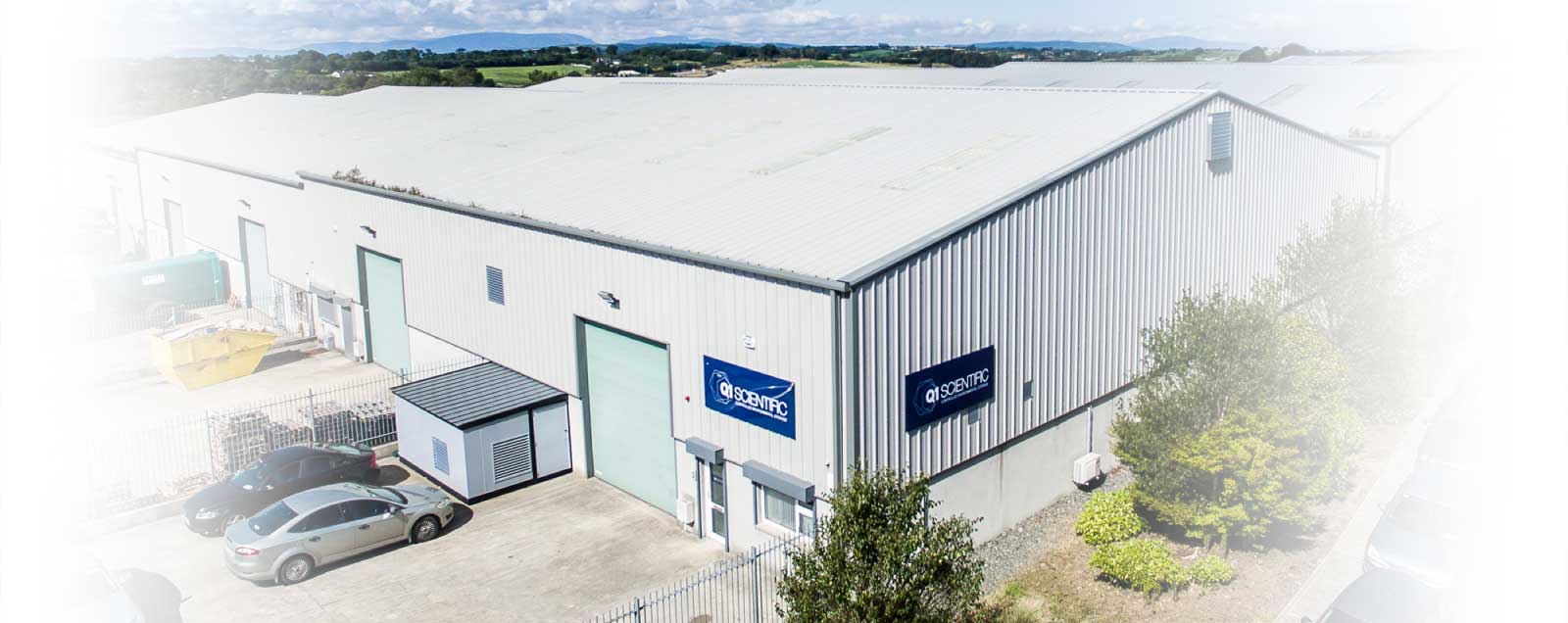
In a significant development that underscores the growing prominence of the life sciences sector, Q1 Scientific, a leading provider of stability storage services, has announced plans to expand its global footprint with the establishment of its first facility in the United States.
Located in Durham, North Carolina, the new state-of-the-art facility will be situated at Durham’s Research Triangle Park (RTP), strategically positioned next to an analytical facility of its parent company, Cambrex. This expansion not only broadens Q1 Scientific’s reach but also leverages its extensive expertise in the stability storage business.
The facility, scheduled to open before the end of 2024, will initially offer seven ICH stability chambers covering a range of conditions. A subsequent phase 2 expansion plan, to be executed within 24 months after the opening, aims to increase the facility’s storage capacity to 20 chambers.
This expansion into Durham marks Q1 Scientific’s third such facility globally, complementing its existing facilities in Waterford, Ireland, and Liège, Belgium. The move is set to offer significant benefits to customers, including faster turnaround times for the return of samples and greater temperature-controlled transport options across the US and Europe.
Stay tuned as we delve deeper into this exciting development and its potential impact on the pharmaceutical, medical device, and life sciences industries.
Key features
In a significant development that underscores the growing prominence of the life sciences sector, Q1 Scientific, a leading provider of stability storage services, has announced plans to expand its global footprint with the establishment of its first facility in the United States.
Located in Durham, North Carolina, the new state-of-the-art facility will be situated at Durham’s Research Triangle Park (RTP), strategically positioned next to an analytical facility of its parent company, Cambrex. This expansion not only broadens Q1 Scientific’s reach but also leverages its extensive expertise in the stability storage business.
The facility, scheduled to open before the end of 2024, will initially offer seven ICH stability chambers covering a range of conditions. A subsequent phase 2 expansion plan, to be executed within 24 months after the opening, aims to increase the facility’s storage capacity to 20 chambers.
This expansion into Durham marks Q1 Scientific’s third such facility globally, complementing its existing facilities in Waterford, Ireland, and Liège, Belgium. The move is set to offer significant benefits to customers, including faster turnaround times for the return of samples and greater temperature-controlled transport options across the US and Europe.
Stay tuned as we delve deeper into this exciting development and its potential impact on the pharmaceutical, medical device, and life sciences industries.
3. The Trade War Over Electric Vehicles: The West vs. China
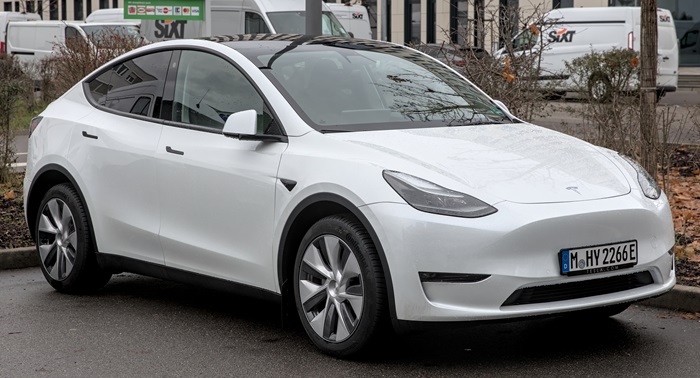
By Alexander Migl – Own work, CC BY-SA 4.0, https://commons.wikimedia.org/w/index.php?curid=127040751
The global shift towards electric vehicles (EVs) has sparked a new battleground in the ongoing trade war between the West and China. This conflict centers around the production and distribution of EVs, with both sides vying for dominance in this rapidly growing market.
The U.S. Inflation Reduction Act and Its Impact
The U.S. Inflation Reduction Act of 2022 has been a significant catalyst in this dispute. This legislation, which provides substantial funding for clean energy transition, has revamped the federal tax credit system for buying new electric vehicles. The Act ties the credit to where the car and its batteries were assembled, as well as where the battery minerals come from. This has led to accusations of protectionism, with China arguing that these subsidies hinder fair competition and break existing World Trade Organization (WTO) agreements.
US Tariffs
The U.S. has imposed a significant tariff on Chinese electric vehicles (EVs). Under the White House action, tariffs on EVs from China will quadruple, from 25% to 100% this year. The reason behind this move is the concern that low-priced, heavily subsidized EVs from China could soon flood the U.S. market. China’s global exports of EVs grew by 70% from 2022 to 2023.
This move is part of a broader strategy to protect U.S. jobs and manufacturers. However, these tariffs could raise prices on certain specific items, although a broad inflationary impact is unlikely in the short term. The tariffs will be phased in over the next three years.
The Chinese government has expressed concern over these tariffs, stating that they “will seriously affect the atmosphere of bilateral cooperation”. Despite this, Biden administration officials believe the tariffs won’t significantly escalate tensions between the two countries.
This move represents a significant escalation in the trade war over electric vehicles between the West and China, and could have far-reaching implications for the future of the global auto industry. It’s a complex issue with many factors at play, and the ultimate outcome remains to be seen. Let me know if you need more information on this topic!
The EU’s Stance
The European Union (EU) has also entered the fray, raising new tariffs of up to 37.6 percent on Chinese-made EVs.
Tesla vs BYD
Tesla and BYD are two of the biggest players in the electric vehicle (EV) market. Here’s a comparison of the two:
History
BYD (short for “Build Your Dreams”) was founded in 1995 in Shenzhen, China. It began as a manufacturer of rechargeable batteries for mobile phones and laptops. Over the past two decades, it has grown into an automaker and expanded globally.
Tesla was founded in 2003 in San Carlos, California by current CEO Elon Musk and other co-founders. Over the past 15 years, Tesla has become the world’s most valuable automaker.
Manufacturing and Sales
BYD operates several vehicle production facilities with tens of gigawatt hours of battery production capacity. This allows BYD to manufacture and sell hundreds of thousands of EVs each year.
Tesla expects to produce over 1.5 million EVs in 2023 thanks to new factories in Austin, Berlin, and Shanghai.
Technologies and Innovations
BYD manufactures its own lithium iron phosphate (LFP) blade batteries.
Tesla has a minimalist interior design with operations made on the central 15.4-inch touch screen.
Market Presence
BYD dominates the Chinese EV market and is looking to expand globally in coming years.
Tesla leads in many Western countries like the United States and Western Europe.
In terms of specific models, the BYD Seal and the Tesla Model 3 are often compared. The BYD Seal is slightly larger in size, but the Tesla Model 3 has a larger load capacity. Both have a similar coefficient of aerodynamic penetration (Cx) at an excellent 0.219.
The Future of the EV Market
The stakes in this trade war are high. With China already controlling 60 percent of global battery production, there are fears that without countermeasures, Chinese companies will gain a stranglehold on EV markets. This comes at a time when major western economies are committing to tackling pollution by phasing out sales of traditional combustion engine vehicles.
In conclusion, the battle over electric vehicles has become a significant front in the trade war between the West and China. As both sides continue to vie for dominance in this crucial market, the outcome of this dispute could have far-reaching implications for the future of the global auto industry.
Featured photo credit Silicon Box


